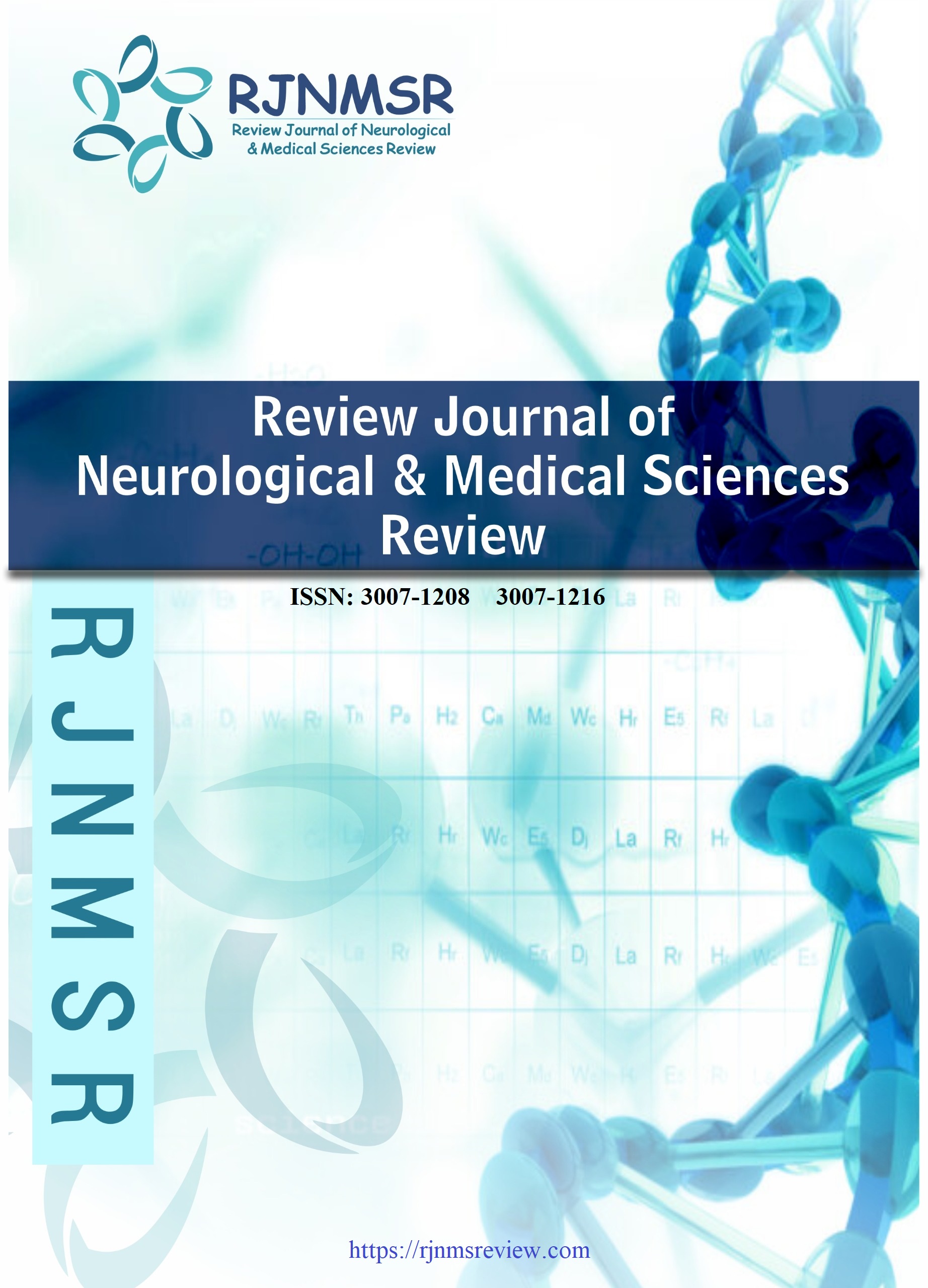From Data to Decisions: Developing AI Tools for Real- Time Triage and Risk Stratification in the Emergency Departments ED
DOI:
https://doi.org/10.63075/vb934939Abstract
Emergency Department (ED) overcrowding and delayed triage impair patient outcomes and operational efficiency. This qualitative study explores ED staff perspectives on integrating AI-driven triage systems to address these challenges. Using semi-structured interviews (n=25), focus group discussions (2 groups of 6–8 participants), and over 90 hours of non-participant observation across three urban EDs, thematic analysis identified four central themes: (1) Improved Accuracy and Efficiency, where AI was seen to enhance real-time risk stratification and reduce wait times; (2) Ethical and Practical Concerns, including data privacy, algorithmic bias, and clinician accountability; (3) Seamless Workflow Integration, emphasizing the need for interoperable, user-friendly interfaces; and (4) Importance of Human Interaction, underscoring that AI must support, not replace, clinical judgment and patient communication. Findings highlight a dual belief in AI’s potential and the necessity of a collaborative, user-centered implementation approach. To maximize benefits, healthcare leaders must address ethical issues, ensure robust infrastructure, and involve clinicians in design and training. These insights inform the design, implementation, and governance of AI-driven triage systems in EDs.
Keywords: AI-driven triage, Emergency Department, thematic analysis, workflow integration, ethical concerns.

